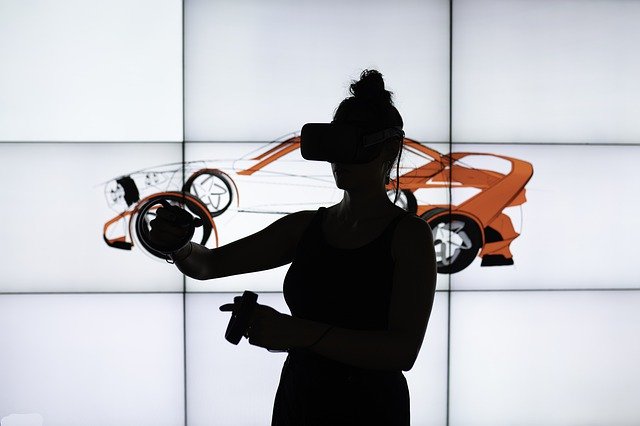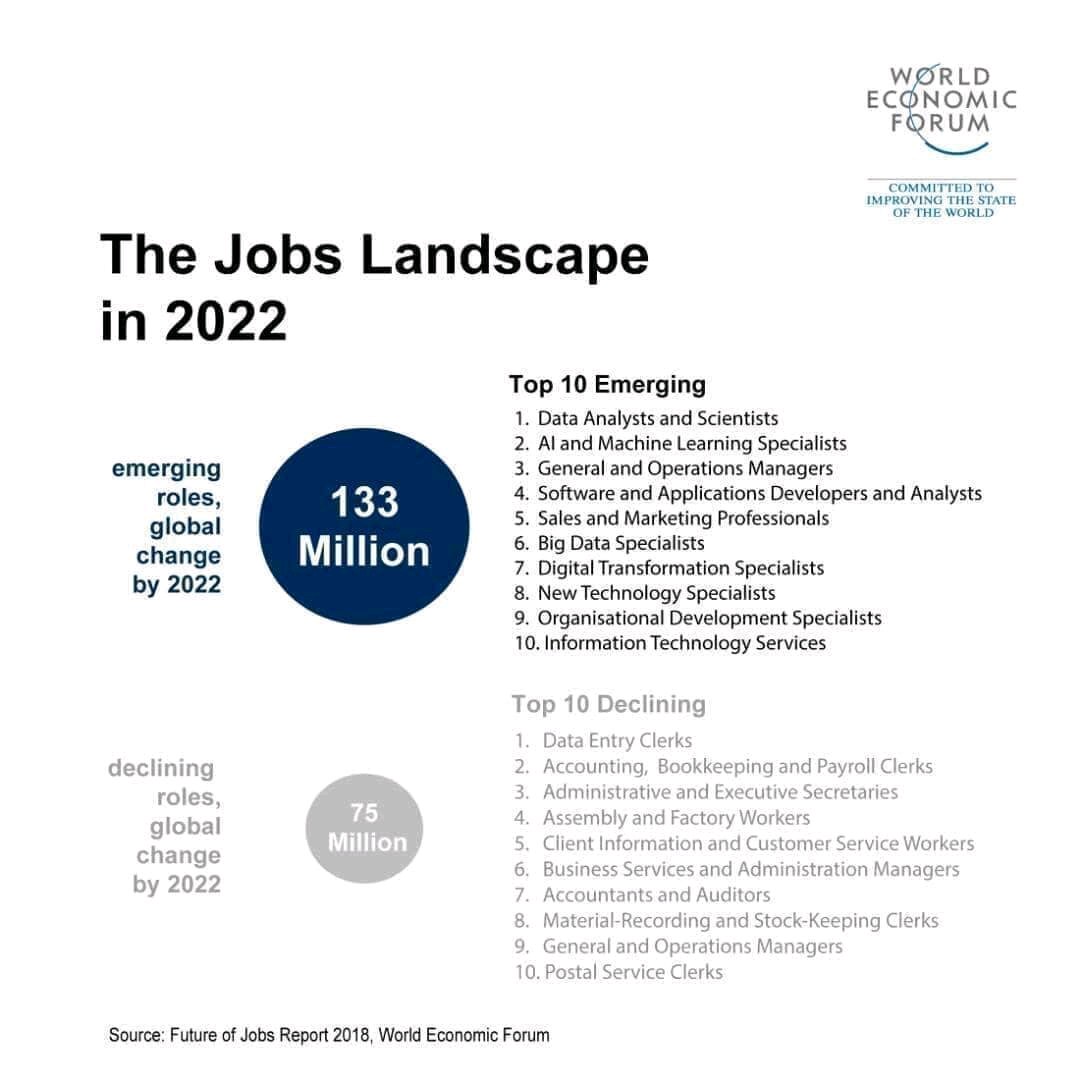Artificial Intelligence (AI) has transformed from a buzzword to a practical reality, revolutionizing numerous industries across the globe. With its ability to process vast amounts of data, learn from patterns, and make intelligent decisions, AI has become an invaluable tool for businesses seeking innovation, efficiency, and competitive advantage.
In this brief, we will explore real-life use cases of AI, differentiate it from machine learning, AGI, and NLP, discuss potential job transformations, and shed light on the limitations and dangers that come with its implementation.
The key to artificial intelligence has always been the representation
Jeff Hawkins
Defining AI, Machine Learning, AGI, and NLP:
Before diving into the applications, it’s crucial to clarify the distinctions between AI, machine learning (ML), artificial general intelligence (AGI), and NLP. AI refers to the broader concept of machines imitating human intelligence, enabling them to perform tasks that typically require human intelligence, such as problem-solving, decision-making, and natural language understanding.
On the other hand, ML is a subset of AI that focuses on algorithms and statistical models that allow systems to learn from data without being explicitly programmed.
AGI, often considered the next step beyond AI, represents machines with the ability to understand, learn, and apply knowledge across multiple domains, akin to human-like intelligence.
There is, also a less-mentioned subfield of artificial intelligence that focuses on the interaction between computers and human language. This ‘system’ encompasses the ability of machines to understand, interpret, and generate natural language in a way that is meaningful and useful.
Known as Natural Language Processing (NLP), it combines techniques from linguistics, computer science, and machine learning to enable computers to process, analyze, and respond to human language.
Some applications of NLP:
- Virtual Assistants: Virtual assistants like Apple’s Siri, Amazon’s Alexa, and Google Assistant utilize NLP to understand voice commands and respond appropriately. They can perform tasks like setting reminders, playing music, providing weather updates, and answering questions.
- Sentiment Analysis: NLP techniques are used to analyze and determine the sentiment expressed in text, such as social media posts, customer reviews, or survey responses. This information is valuable for businesses to understand public opinion, customer satisfaction, track trends, and brand perception.
- Language Translation: NLP is widely used in machine translation systems like Google Translate. These systems employ sophisticated algorithms to process input text in one language and generate the corresponding translation in another language.
- Chatbots: NLP is essential in creating intelligent chatbots that can understand and respond to user queries. Chatbots are employed in various applications, including customer support, information retrieval, and virtual assistance.
- Information Extraction: NLP techniques enable the extraction of structured information from unstructured text. This is particularly useful in fields such as data mining, knowledge management, and content analysis.
- Spam Filtering: NLP plays a vital role in email spam filters by analyzing the content and language patterns to identify and block unwanted or malicious emails.
- Voice Recognition: NLP powers voice recognition technology, allowing systems to convert spoken words into written text. This technology is used in applications like transcription services, voice assistants, and voice-controlled devices.
- Medical Text Analysis: NLP is utilized in healthcare to analyze medical literature, patient records, and clinical notes. It helps in extracting valuable insights, automating administrative tasks, and supporting medical decision-making.
- News Summarization: NLP algorithms can summarize large volumes of news articles or documents, providing users with concise and informative summaries.
These are just a few examples of how NLP is applied in various domains. Its versatility and potential continue to grow as researchers and developers explore new ways to leverage human language for improved communication and understanding between humans and machines.
Some Real-World AI Applications in Industry

Healthcare: AI is revolutionizing healthcare by enhancing diagnostics, personalized medicine, and patient care. Companies like Zebra Medical Vision utilize AI algorithms to analyze medical images, improving the early detection of diseases like cancer. AI-powered virtual assistants also assist doctors in accessing patient information quickly, reducing administrative burdens.

Manufacturing: Smart factories are embracing AI to optimize production processes, quality control, and predictive maintenance. Companies like Siemens leverage AI algorithms to predict machine failures and prevent downtime, ensuring efficient and uninterrupted operations. AI-driven robots and cobots are streamlining repetitive tasks, improving productivity and employee safety.

Finance: AI is transforming the finance sector by automating manual tasks, detecting fraud, and improving investment decisions. For instance, PayPal utilizes AI to detect suspicious transactions and prevent fraud in real-time. Robo-advisors powered by AI algorithms analyze vast amounts of financial data to offer personalized investment recommendations to individuals.

Transportation: The transportation industry is harnessing AI to enhance safety, efficiency, and sustainability. Self-driving vehicles leverage AI to perceive their surroundings and make real-time decisions, reducing accidents and traffic congestion. Ride-sharing platforms like Uber employ AI algorithms to optimize route planning, reduce waiting times, and enhance the overall customer experience.

Design/Entertainment: Overall, AI has significantly impacted the design and entertainment industries by providing new tools, enhancing creativity, improving user experiences, and streamlining various processes. The experiences can thus be enhanced and simplified in Generative Design, UX Design, Data Visualization, Game Development & Virtual Reality (VR), and Augmented Reality (AR) – the Metaverse particularly comes to mind here. Apple’s new ‘Vision Pro’ augmented reality headset is ‘the most advanced’ device to date.
Job Transformations
While AI promises immense benefits, there are concerns about job displacement. Routine, repetitive tasks are likely to be automated, leading to changes in the job market. However, AI also creates new opportunities by augmenting human capabilities. Instead of replacing jobs, AI has the potential to transform them, enabling us to focus on complex problem-solving, creativity, and empathy-driven tasks.

Limitations and Dangers
As with any technology, AI has its limitations and potential risks. AI systems heavily rely on data quality, and biased or incomplete datasets can lead to inaccurate outcomes or reinforce societal biases. Ensuring ethical AI practices and addressing algorithmic bias is crucial. Moreover, AI lacks human-like common sense and reasoning abilities, making it prone to errors in unfamiliar situations. The ethical implications of AI, such as privacy concerns and potential misuse of personal data, also require careful consideration.
Afterthoughts
The practical and realistic use of AI has already begun reshaping various industries, unlocking new possibilities, and transforming how businesses operate. By embracing AI, organizations can streamline processes, improve decision-making, and unlock insights from massive amounts of data. However, it is essential to navigate the limitations, address ethical concerns, and ensure a human-centric approach to AI implementation.




















